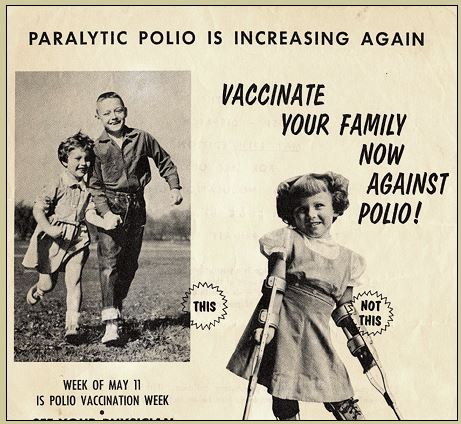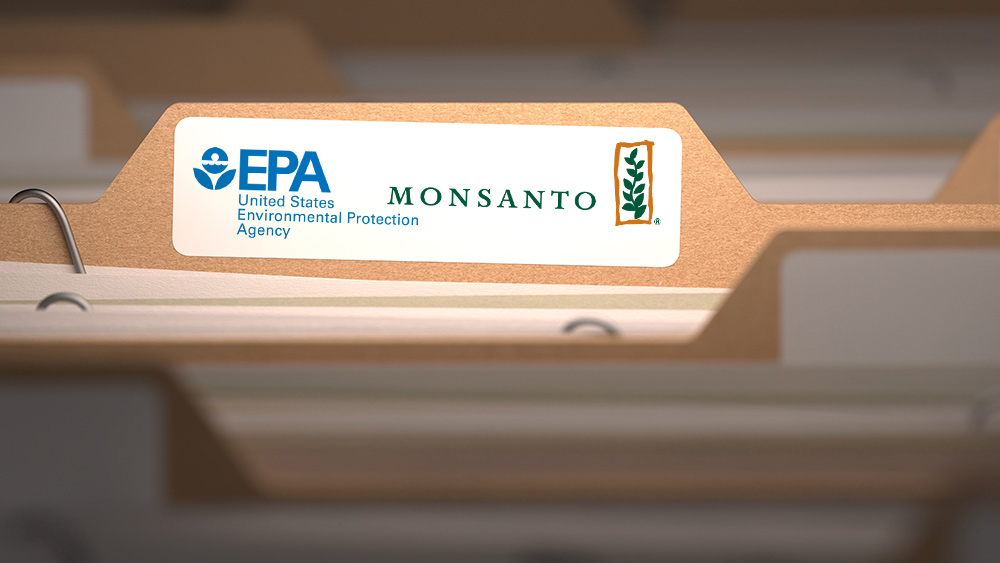Exposure to common chemicals wreaks havoc on your hormones: Endocrine disruptors linked to multiple health problems
06/29/2021 / By Virgilio Marin

Endocrine disruptors are toxic chemicals that interfere with your endocrine system, which is the network of glands that produce, store and secrete hormones. Also known as endocrine-disrupting chemicals (EDC), these toxins are linked to multiple health problems, including infertility, diabetes, cancer and stunted brain development. Endocrine disruptors are found in a long list of common, everyday products, such as baby bottles and household cleaners.
Health problems linked to endocrine disruptors
Hormones secreted by your endocrine system coordinate different functions in your body by delivering messages to your organs, skin, muscles and other tissues. These messages then tell your body what to do and when to do it. Hormones influence metabolism, growth and development, emotions and mood, fertility, sexual function, sleep and blood pressure, among other things.
Endocrine disruptors interfere with these by disrupting the way your hormones work. Some EDCs trick your body into thinking that they are hormones, while others prevent hormones from doing their job. Some also increase or decrease the levels of hormones in your blood by interfering with how they are made, broken down or stored in your body. Others, on the other hand, alter your body’s sensitivity to different hormones.
Many endocrine disruptors are found in common household products, such as the following:
- Bisphenol A (BPA) – This is commonly used in children’s toys, plastic bottles, food containers, aluminum can linings and cash register receipts.
- DDT – DDT is now banned but was once popularly used in pesticides.
- Pesticides and herbicides – Many agrochemicals used to this day, including the herbicide glyphosate, are endocrine disruptors.
- Flame retardants – These are chemicals used in furniture, floor coverings and other products to make them fire-resistant.
- Polychlorinated biphenyls (PCB) – PCBs were commonly used in electronics and building materials before being banned toward the latter part of the 1970s.
- Phthalates – These so-called plasticizers are used in plastics as well as beauty products.
- Triclosan – This is an antimicrobial compound widely used in household cleaning products.
Studies link BPA exposure to an increased risk of infertility, cancer and metabolic disorders like diabetes. BPA exposure during pregnancy can also increase a child’s risk of developing diabetes and heart disease later in life. Meanwhile, a fluorinated analog of BPA known as bisphenol AF is associated with an increased risk of thyroid cancer.
PCB exposure during pregnancy, on the other hand, can affect a fetus’s brain development, while pesticide exposure can predispose premenopausal women to heart disease and inflammation. Meanwhile, exposure to high levels of phthalates can reduce testosterone levels and cause early menopause.
Both triclosan and flame retardants can negatively impact the immune system. On top of disrupting the endocrine system, studies show that the use of triclosan also contributes to the rise of antibiotic-resistant bacteria. Meanwhile, flame retardants can interfere with fetal and child development as well as reproduction. (Related: Scientist says sperm counts are dropping so low that human reproduction may soon be a thing of the past.)
Minimizing your exposure to endocrine disruptors
While some endocrine disruptors are already banned, these chemicals can remain in the environment and food supply for decades. In fact, some EDCs can be stored in your fat cells for years after exposure and be passed on to your children during pregnancy or when breastfeeding.
Check out the following tips to minimize your exposure to EDCs:
- Go organic. Opt for organic foods and organic cosmetic products as these are produced without the use of endocrine disruptors, such as pesticides and phthalates.
- Use homemade cleaners. Make your own household cleaners using safe ingredients such as baking soda and vinegar.
- Minimize plastic use. Choose wood-based or glass-based products.
- Keep your surroundings clean. Vacuum regularly as endocrine disruptors can also cling to dust.
Exposure to endocrine disruptors can cause several different health problems, including cancer, diabetes and infertility. While these toxic chemicals are present almost everywhere, there are ways to minimize your exposure to endocrine disruptors.
Chemicals.news has more about endocrine disruptors and other toxic chemicals.
Sources include:
Tagged Under:
RECENT NEWS & ARTICLES
COPYRIGHT © 2017 PESTICIDES NEWS





















